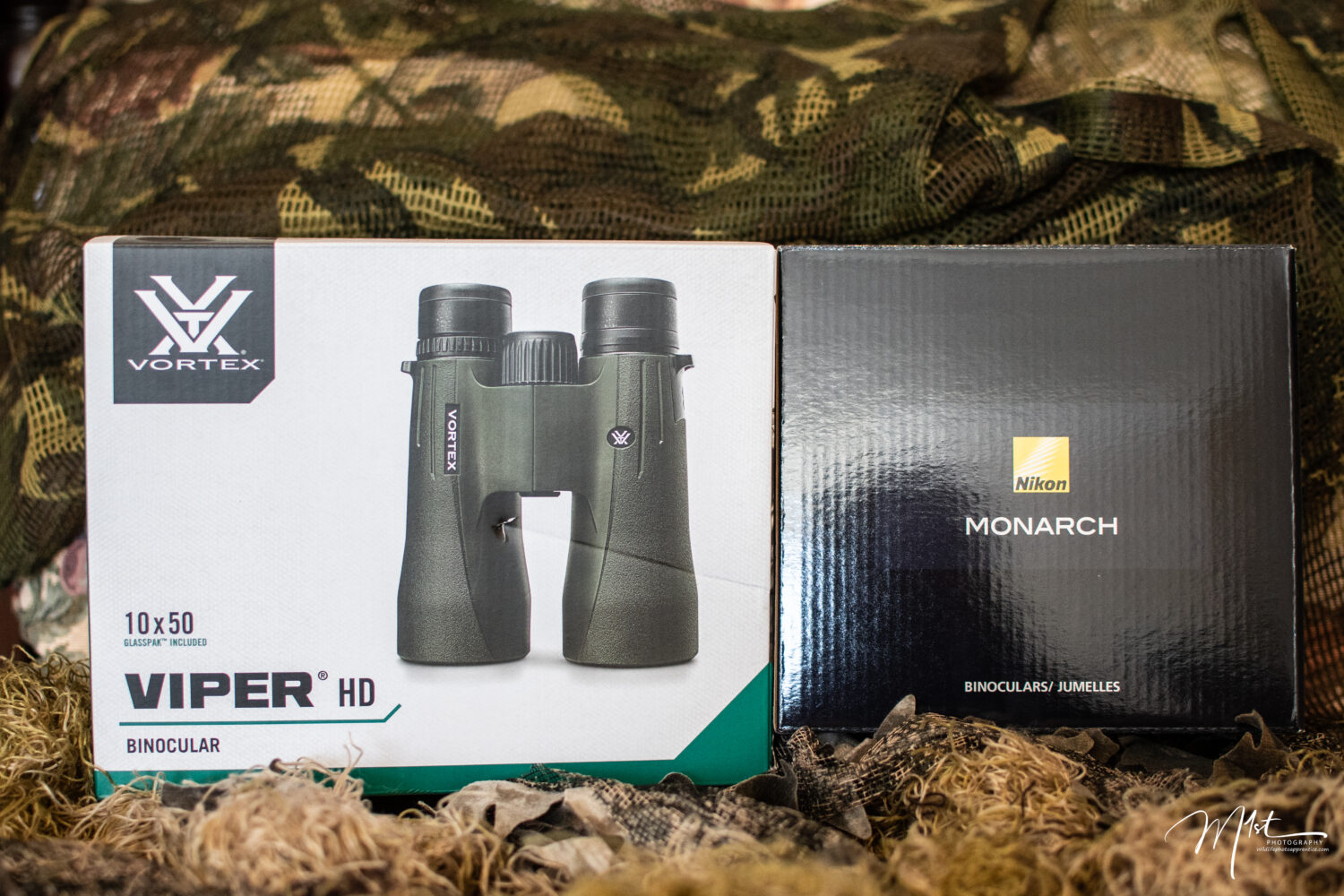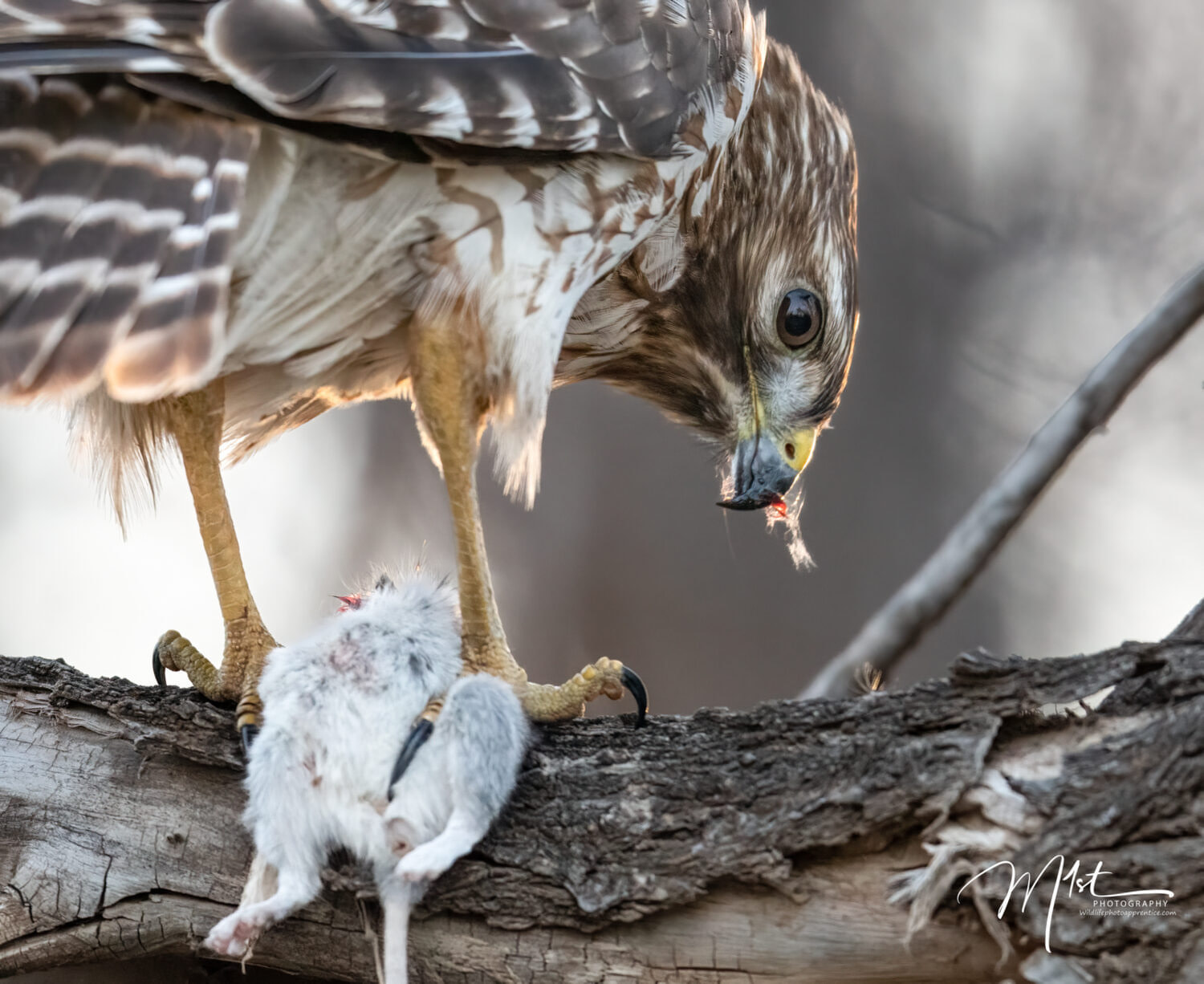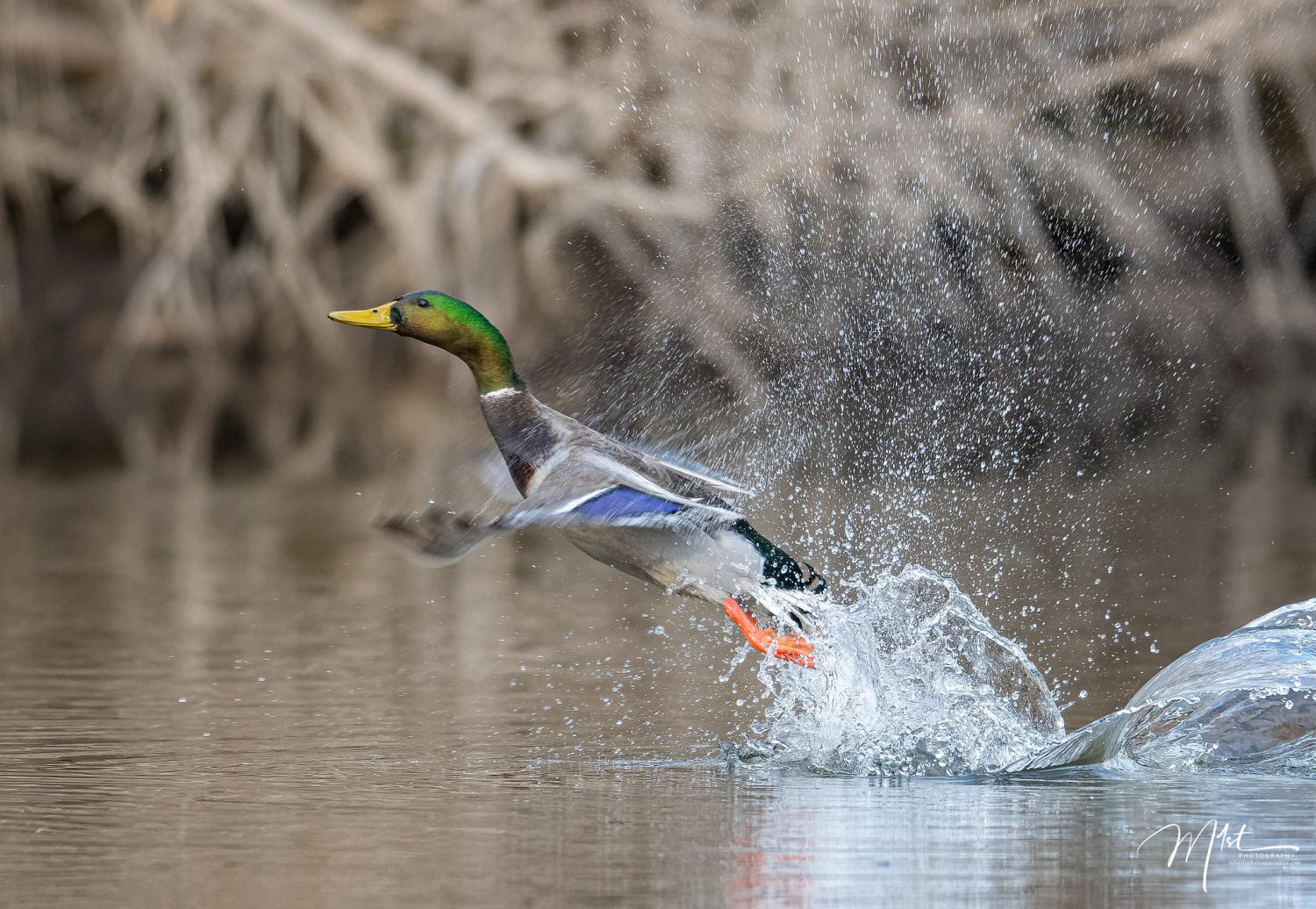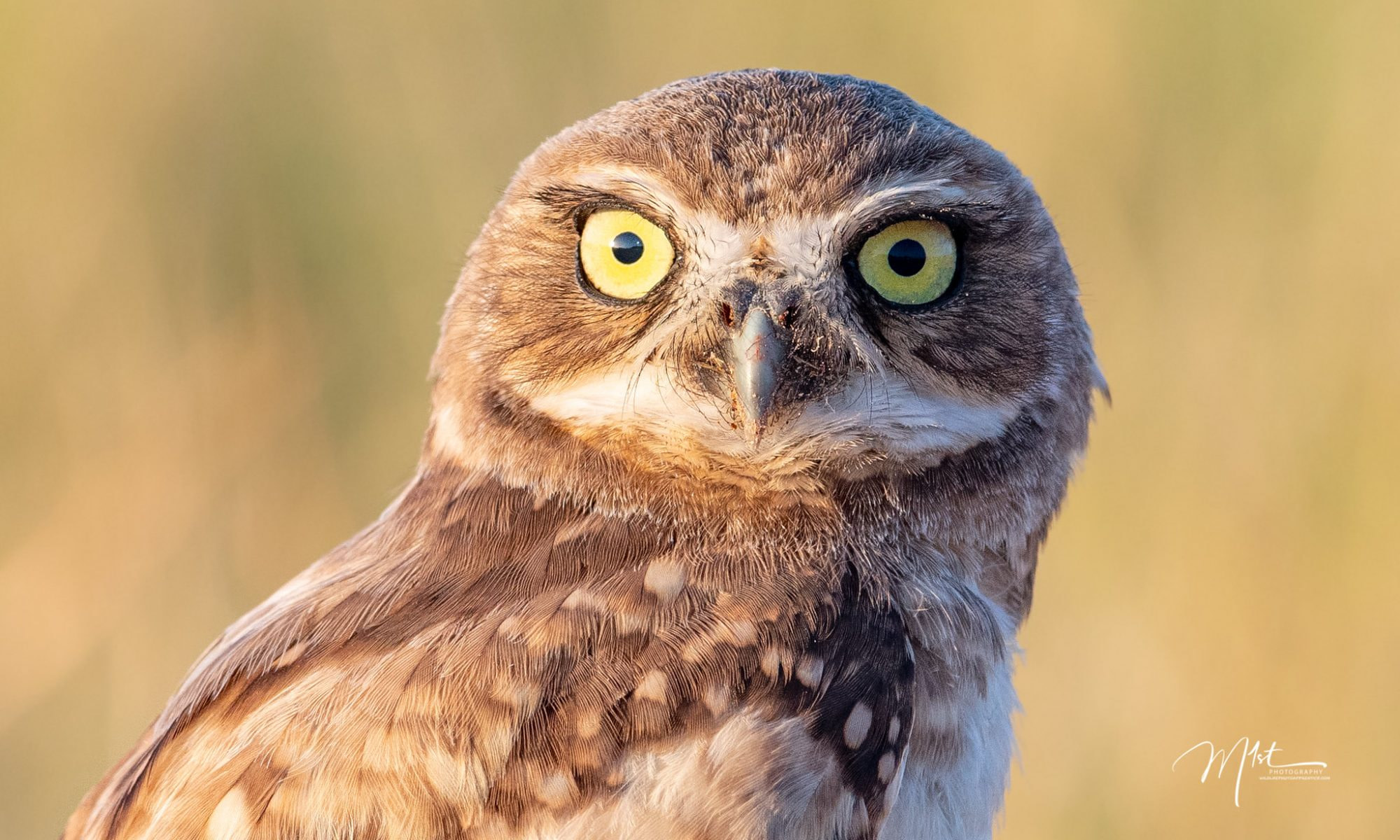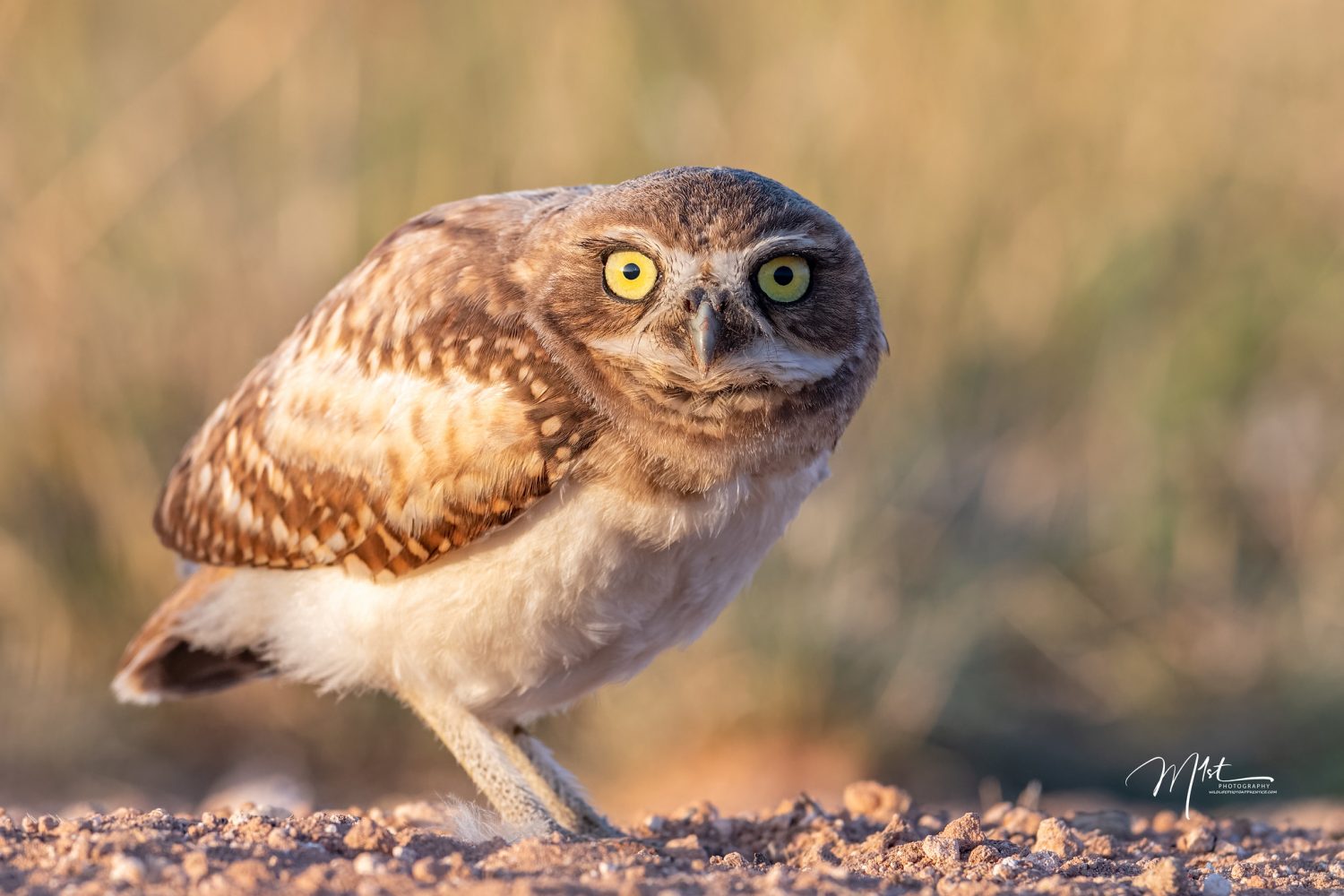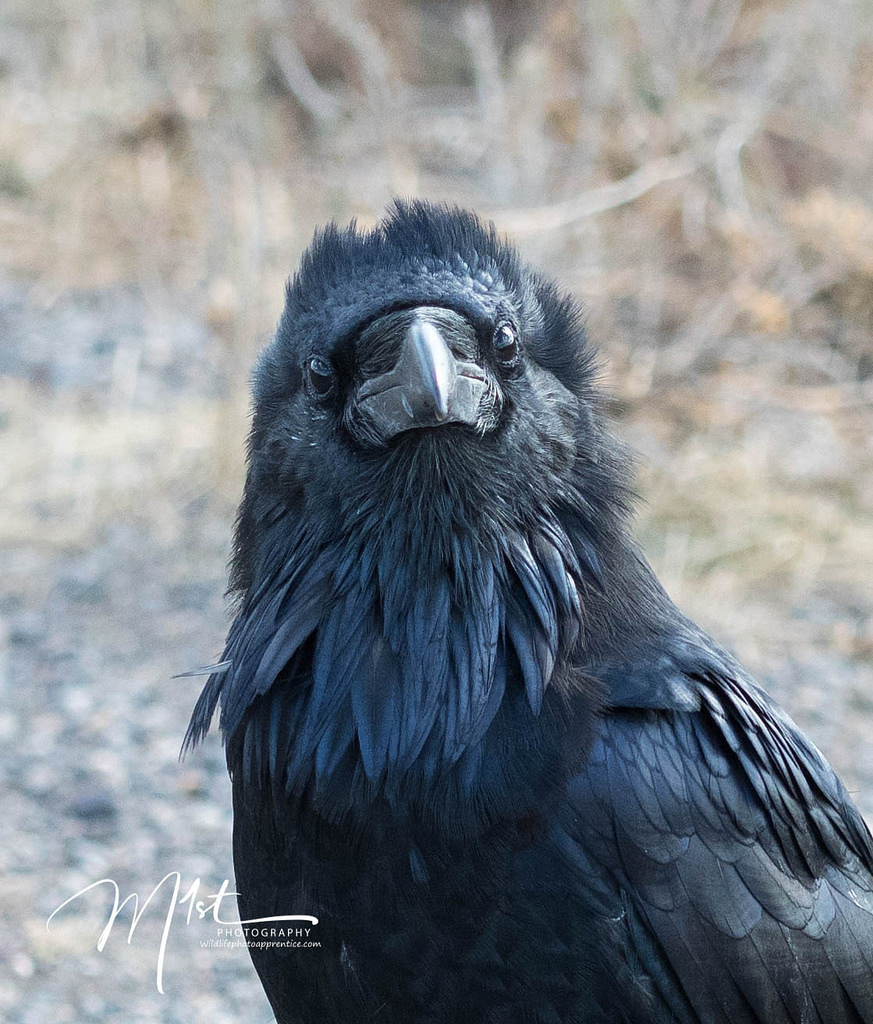Like a lot of wildlife photographers, I carry binoculars with me when I go out to photograph. I recently found that my Nikon Monarch 3 binoculars were not focusing correctly. Because of their age, I decided to replace them with a new pair from Vortex Optical, the Viper HD. After my new purchase, I had nothing to lose so I decided to test the lifetime warranty from Nikon. I sent the old pair in for repair. Somewhat to my surprise two weeks later I received a new pair of Monarch M5 binoculars in their place along with a letter stating that the others were unrepairable and would be replaced at no charge. Kudos to Nikon for honoring their lifetime warranty. I now have two great binoculars and what follows is a review of both.
